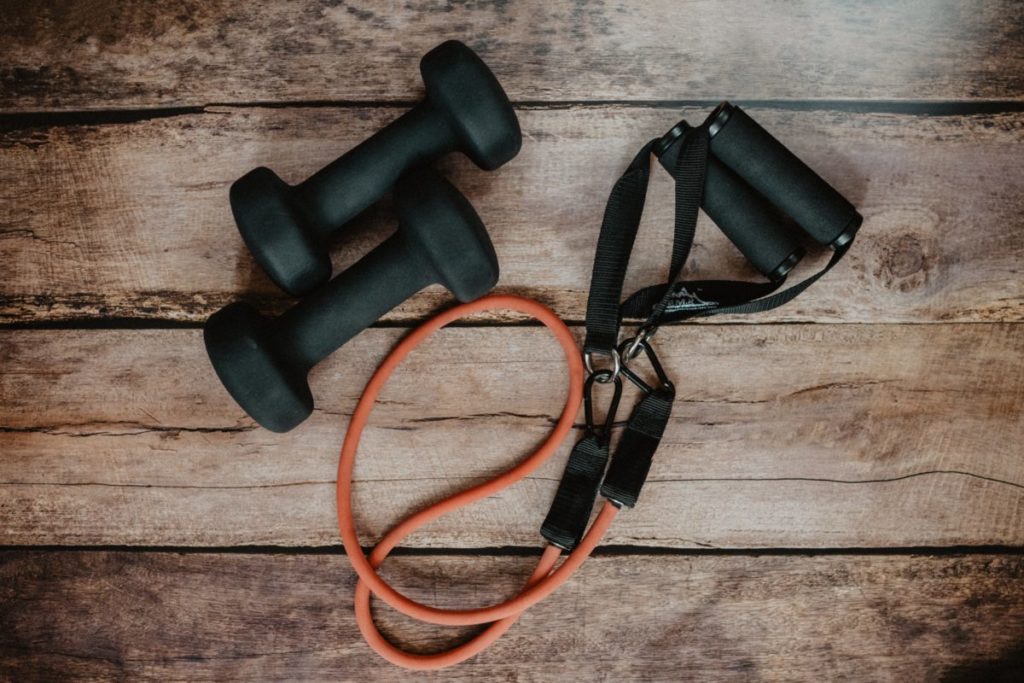Exercise. It’s that one thing many of us would like to devote more time to, but can often find ourselves struggling to squeeze in.
Busy lives can often mean the only spare time we have for exercise is on a weekend – whether that’s a quick trip to the gym, going for a run, or a workout at home.
Guidelines suggest that adults should aim to do at least 150 minutes of moderate exercise, or 75 minutes of vigorous exercise each week to maintain good health. And there’s also been debate about whether cramming all that exercise in on a weekend is beneficial.
Research does show that spreading your exercise workouts out during the week is linked to greater health benefits, and a recent study showed that those people who are regularly active have the best health overall.
But the good news is that ‘weekend warriors’ – who might only have a few spare hours to work out each week – can still appreciate the health benefits that come from regular exercise, even if their workouts are crammed in over a few days.
Research has shown that people who only exercise two days a week still have lower risk of premature death from any cause, compared to people who do not exercise.
The key message is that doing some physical activity is better than doing nothing. Exercise, combined with a proper diet, is essential for good health.

But it’s important to make sure you’re doing the right type of exercises to get the most benefits from these training sessions.
We spoke to two of our sports and exercise experts, Dr Jonathan Taylor and Dr Michael Graham, to get their top tips on how you can make the most of weekend warrior workouts.
Firstly, there are two main types of exercise that we should aim to do when exercising. These are cardio and resistance exercise.
Cardio refers to aerobic exercise, such as walking, jogging or cycling. This type of exercise is good at preventing and even treating some health conditions, such as hypertension, type 2 diabetes and cardiovascular disease.

Resistance training, such as lifting weights, can also help to further boost the benefits of exercise on your health.
How you structure your weekend warrior workouts will largely come down to your preference, goals and available time.
But Jonathan and Mike stress that the most important point to remember is to make sure you complete a warm-up with stretches to avoid injury.
They also advise that if your focus is to improve or maintain general health and fitness, then mix it up. This could mean high impact training for cardio, followed by resistance exercises focusing on the upper body.
The next day, try some low-impact continuous cardio, such as a cycle ride, followed by lower body resistance exercises.

Try to introduce some new exercises each week, or swap around which exercises you do. If you find it hard to fit everything into one session, then try to spread it out over the day.
This might involve simply going for a walk, a jog or cycle ride in the morning, then focusing on resistance exercises later in the day.
It’s important to find something that works for you and fits in with your lifestyle so that you can make these workouts become a lifelong habit. Ultimately, the more exercise you can squeeze in throughout the week, the more health benefits you’re likely to see.
Finally, listen to your body. Make sure that when working out, you only do as much as your body can handle to avoid injuries, and always make sure you warm up sufficiently.
This blog is adapted from an article originally published by The Conversation


